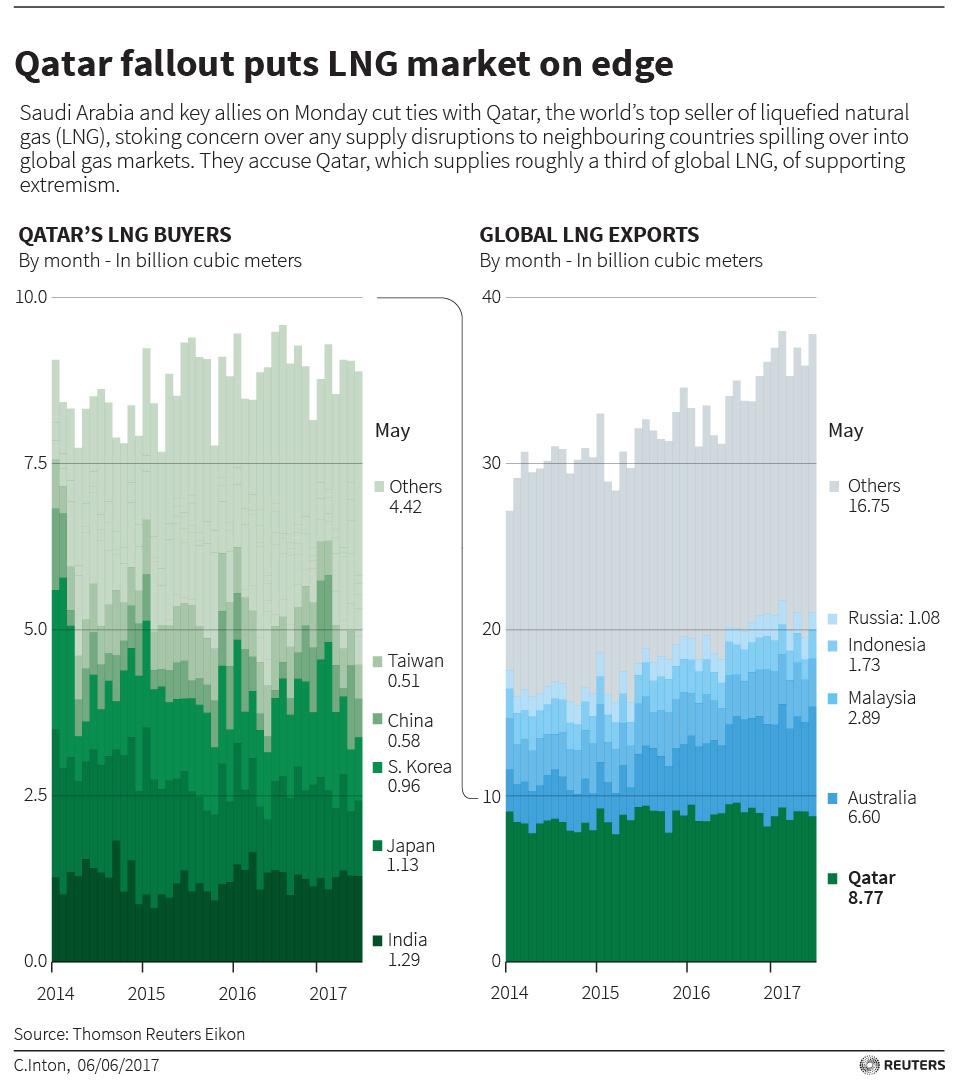
By Rodi Said and Tom Perry
HUKOUMIYA, Syria/BEIRUT (Reuters) – The U.S.-backed Syrian Democratic Forces (SDF) said on Tuesday it had launched a battle to capture Raqqa, Islamic State’s de facto Syrian capital, piling pressure on the jihadists whose self-declared caliphate is in retreat across Syria and Iraq.
SDF spokesman Talal Silo told Reuters the operation started on Monday and the fighting would be “fierce because Daesh (Islamic State) will die to defend their so-called capital”.
The assault overlaps with the final stages of the U.S.-backed attack to recapture the Iraqi city of Mosul from Islamic State. It follows months of advances to the north, east and west of Raqqa by the SDF, which includes Arab and Kurdish militias.
Islamic State captured Raqqa from rebel groups in 2014 and has used it as an operations base to plan attacks in the West. Silo said the assault had begun from the north, east and west of the city, which is bordered to the south by the River Euphrates.
The commander of the Raqqa campaign, Rojda Felat, told Reuters SDF fighters were attacking the al-Mishlab district at the city’s southeastern outskirts, confirming an earlier report by the Syrian Observatory for Human Rights.
“The coalition has a big role in the success of the operations. In addition to warplanes, there are coalition forces working side by side with the SDF,” Silo said by phone from the Hukoumiya farms area, 10 km (6 miles) north of Raqqa, where the SDF later declared the start of the assault.
A Reuters witness at the location could hear the sound of heavy shelling and air strikes in the distance.
An Arab group in the SDF, the Syrian Elite Forces, which was established in February, had entered al-Mishlab with coalition air support, its spokesman Mohammed al-Shaker said by phone.
“The Syrian Elite Forces one or two hours ago entered the first quarter of Raqqa, which is al-Mishlab quarter, via the eastern front,” he said.
The U.S.-led coalition said the fight for Raqqa would be “long and difficult” but would deliver a “decisive blow to the idea of ISIS (Islamic State) as a physical caliphate”.
“It’s hard to convince new recruits that ISIS is a winning cause when they just lost their twin ‘capitals’ in both Iraq and Syria,” a coalition statement cited Lt. Gen Steve Townsend, the coalition commanding general, as saying.
“We all saw the heinous attack in Manchester, England,” said Townsend. “ISIS threatens all of our nations, not just Iraq and Syria, but in our own homelands as well. This cannot stand.”
“Once ISIS is defeated in both Mosul and (Raqqa), there will still be a lot of hard fighting ahead,” he said.
Security officials in the West have warned of increased threat of attacks such as last month’s Manchester suicide bombing and Saturday’s attack in London as Islamic State loses ground in Syria and Iraq. Both attacks were claimed by Islamic State.
AIR STRIKES
The Observatory said the SDF had captured some buildings in the al-Mishlab area, and that Islamic State fighters had withdrawn from parts of the district. The Observatory also said an attack was underway against a military barracks, Division 17, on the northern outskirts of Raqqa.
The U.S.-led coalition has said 3,000-4,000 Islamic State fighters are thought to be holed up in Raqqa city, where they have erected defenses against the anticipated assault. The city is about 90 km (56 miles) from the border with Turkey.
The SDF includes the powerful Kurdish YPG militia.
Fighting around Raqqa since late last year has displaced tens of thousands of people, with many flooding camps in the area and others stranded in the desert.
The U.N. human rights office has raised concerns about increasing reports of civilian deaths as air strikes escalate.
The Raqqa campaign has “resulted in massive civilian casualties, displacement and serious infrastructure destruction” so far, it said in a May report. Islamic State militants have also reportedly been preventing civilians from leaving, it said.
The U.S.-led coalition says it tries to avoid civilian casualties in its bombing runs in Syria and Iraq and investigates any allegations.
The Raqqa campaign has been the source of tension between the United States and Turkey, which fears growing Kurdish influence in northern Syria and has lobbied Washington to abandon its Kurdish YPG allies.
The YPG has been the main partner for the United States in its campaign against Islamic State in Syria, where the group is also being fought in separate campaigns waged by the Russian-backed Syrian government and Free Syrian Army rebel groups.
The United States last week said it had started distributing arms to the YPG to help take Raqqa.
The SDF has said it will hand control of Raqqa to a civilian council from the city after its capture, echoing the pattern in other areas the SDF took from Islamic State.
Speaking alongside Silo at the news conference, an official with the Raqqa civilian council said it would take control of the city from the “liberating forces”.
The SDF and YPG control a swathe of northeastern Syria from the Iraqi border to the city of Manbij on the western banks of the Euphrates. The main Kurdish groups and their allies have established autonomous administration in the areas under their control, which they aim to preserve in any peace deal.
(Reporting by Rodi Said in Syria, Tom Perry and Ellen Francis in Beirut; Additional reporting by Mahmoud Mourad in Cairo; Writing by Tom Perry; Editing by Janet Lawrence)














